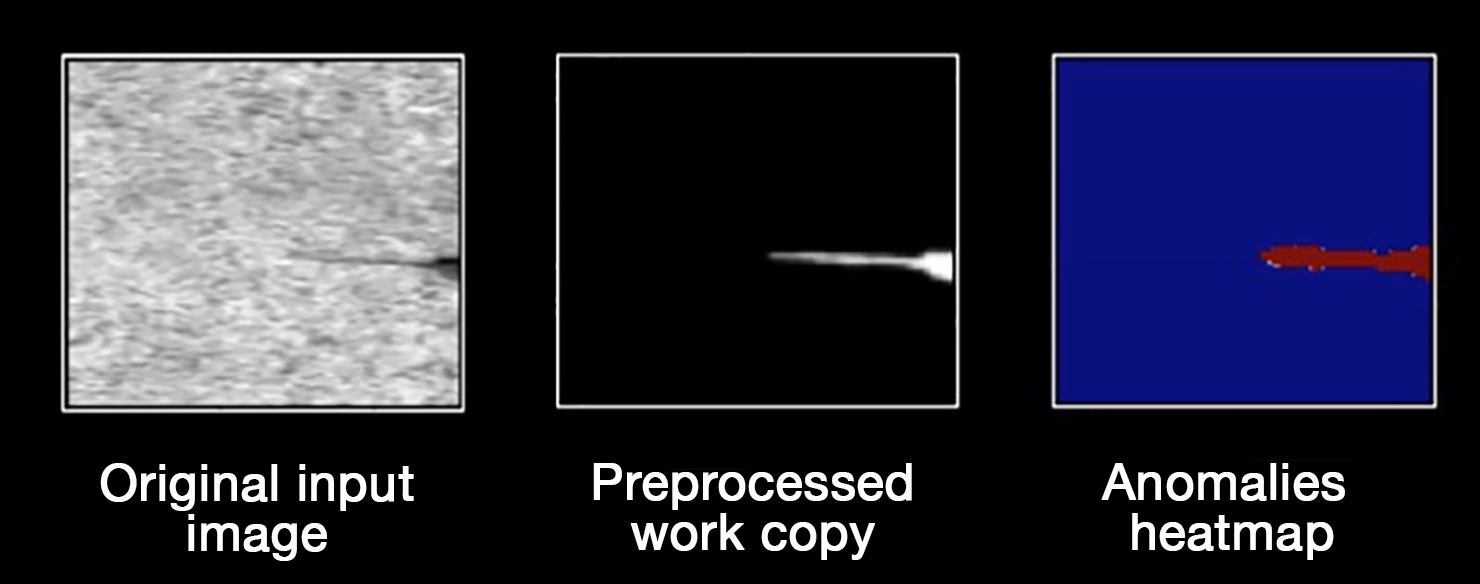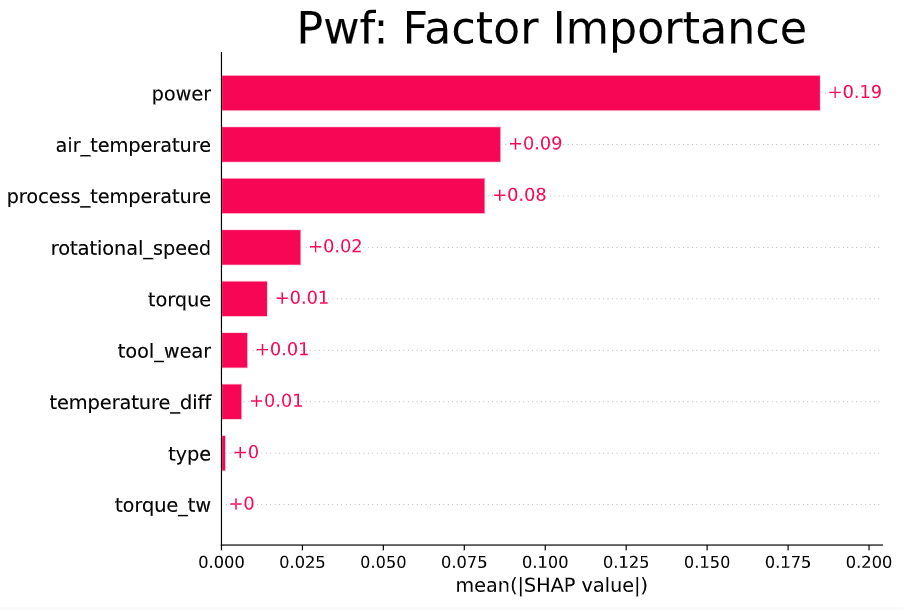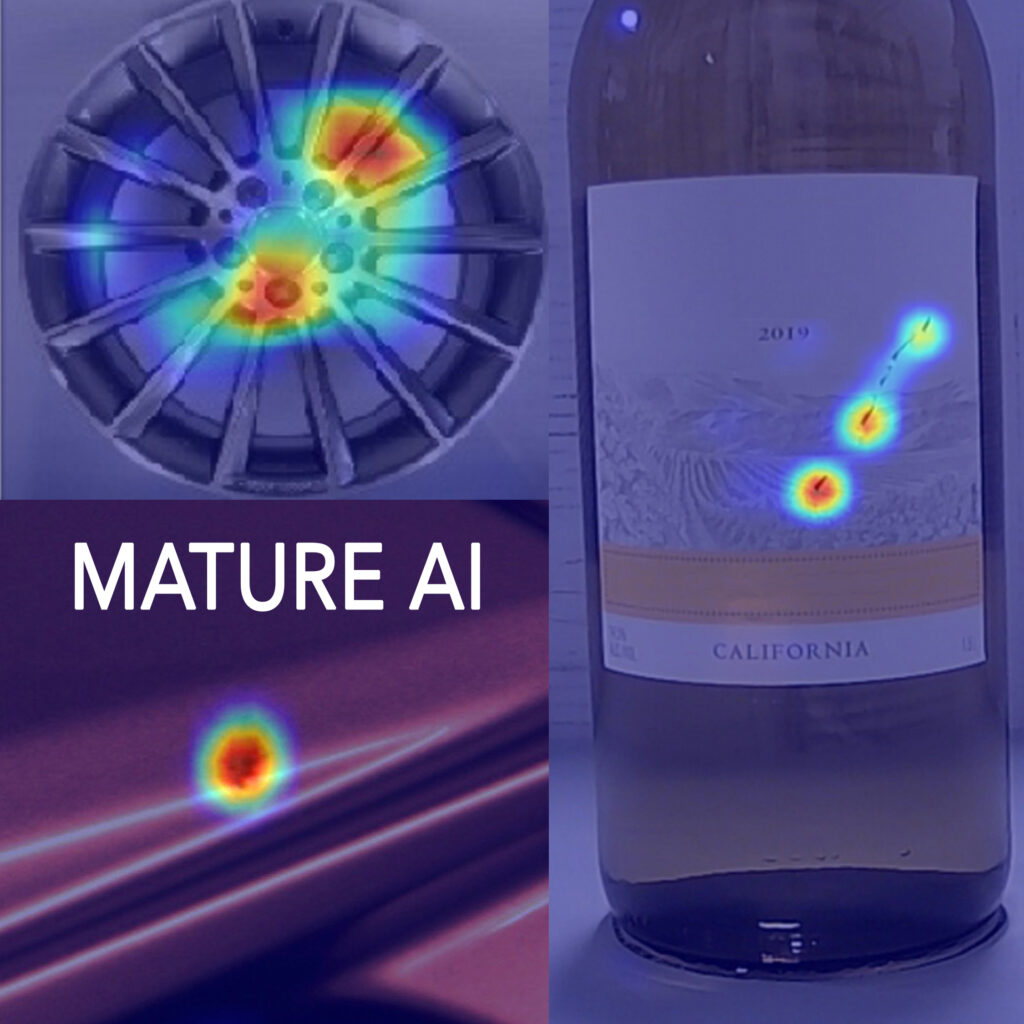Our analytics show that “mature AI” is an important keyword that brings people to our webpage. Let’s ignore the possibility that the intent behind the search term “mature AI” can be described as “show me AI-generated pictures of mature women” (although Google does not rule that interpretation out) and focus on what we believe the intent is: I want to find out more about mature AI, that is AI that is ready to be implemented in manufacturing.
Generative AI Is All Over the News but Is It Mature?
There is so much noise about AI out there that it is easy to think that every company has already implemented AI solutions for everything from writing emails to managing their supply chain and designing new products. The reality, however, is quite different. A recent article in the Economist, quoting a survey by the US Census Bureau, states:
“In February only about 5% of American firms of all sizes said they used AI. A further 7% of firms plan to adopt it within six months. And the numbers conceal large differences between sectors: 17% of firms in the information industry, which includes technology and media, say they use it to make products, compared with 3% of manufacturers and 5% of health-care companies.”
The article mostly talked about generative AI, the latest development in AI and the one currently all over the news.
Generative AI, the branch of AI that creates models capable of generating new content, e.g. images, videos, or text, will certainly have an enormous effect on pretty much every part of our lives and our work. But we aren’t there yet, a lot of development and optimization still needs to happen, the best use cases still need to be found, and a lot of collective learning is required to properly use it.
Just like we didn’t all wake up one morning ca. 1994 and knew how to build webpages and find specific information on the Internet, but had to learn to navigate and utilize this new medium we now need to learn how to train large language models and how to query them to receive correct information.
Generative AI, in other words, is not mature yet and while it can certainly help with email copy and generate breath-taking images it isn’t ready for the shopfloor.
Mature AI – Robust, Explainable and Easy to Fix
Meanwhile, there are branches of AI – the so-called “classic” or traditional AI, e.g. standard machine learning (ML) and deep learning (DL) algorithms – that are mature and ready to be implemented in the real world, e.g. for visual inspection. Traditional AI focuses on specific tasks using predefined algorithms and structured data and excels in efficiency, interpretability, and task-specific applications.
These classic models date back as far as 2011 and are therefore ancient by AI standards (as a comparison ChatGPT was released in Dec 2022). Their ripe old age brings advantages, especially:
- Robustness and stability – ML and DL models don’t hallucinate like generative AI does. Compared to generative AI they are almost deterministic, which means that they always give you the same answer if you task them with the same job. An AI model trained to identify products with a defect will identify that defect with an accuracy of over 99.99% whether it encounters it now, in an hour, next week, or in a few months. Gen AI isn’t there yet and everybody who has used a large language model to generate text or images can tell a story about weird results.
- Explainability – classic AI is no longer a black box but fairly well understood. Let’s take a quick look at two features that allow the user to understand how a model came up with an answer or decisions:
- Heatmaps are used in image analysis, e.g. in visual inspection. They highlight which features of a product the model considered when making the call that it is not OK (NOK). Example: if you are looking to identify products with a scratch on a surface the heatmaps show which areas were considered when making the call “has scratch, is NOK”. The heatmap feature therefore gives you the option to check on the model to make sure it is indeed the scratch that triggered the NOK assessment and not some irrelevant feature, e.g. in the background. While developed mature models do not consider irrelevant features, heatmaps are used for early training of new models to make sure they look in the right place and if not, to retrain them.

-
- SHAP analysis is used for non-image based data and identifies which features contributed to a model’s answer. It serves to confirm the operator’s intuition about the process but most importantly can provide novel insights about what impacts a process. Example: The SHAP analysis below shows the factors that contribute to the power failure of a production line. Power required for the process, ambient temperature, and process temperature have the strongest impact, whereas torque is irrelevant.

- Fixability – as a consequence, classic AI is also easier to troubleshoot and fix, in the rare case that something should go wrong.
Using these tools, that were developed over the last decade, we understand much better how classic AI is thinking.
For manufacturers looking to start the process of adopting AI in their plant, the tried and proven classic AI is the way to go. Choosing a mature technology reduces risks and makes it much more likely that the implementation can be done quickly and has tangible benefits such as improved performance and/or reduced cost.
The time for generative AI in manufacturing is yet to come. The technology improves at breakneck speed but it will be some time until it makes up for the head start of more than a decade that classic AI has on it.
Here are some examples of how classic AI can be leveraged in manufacturing. If you have any questions, please contact us here.
